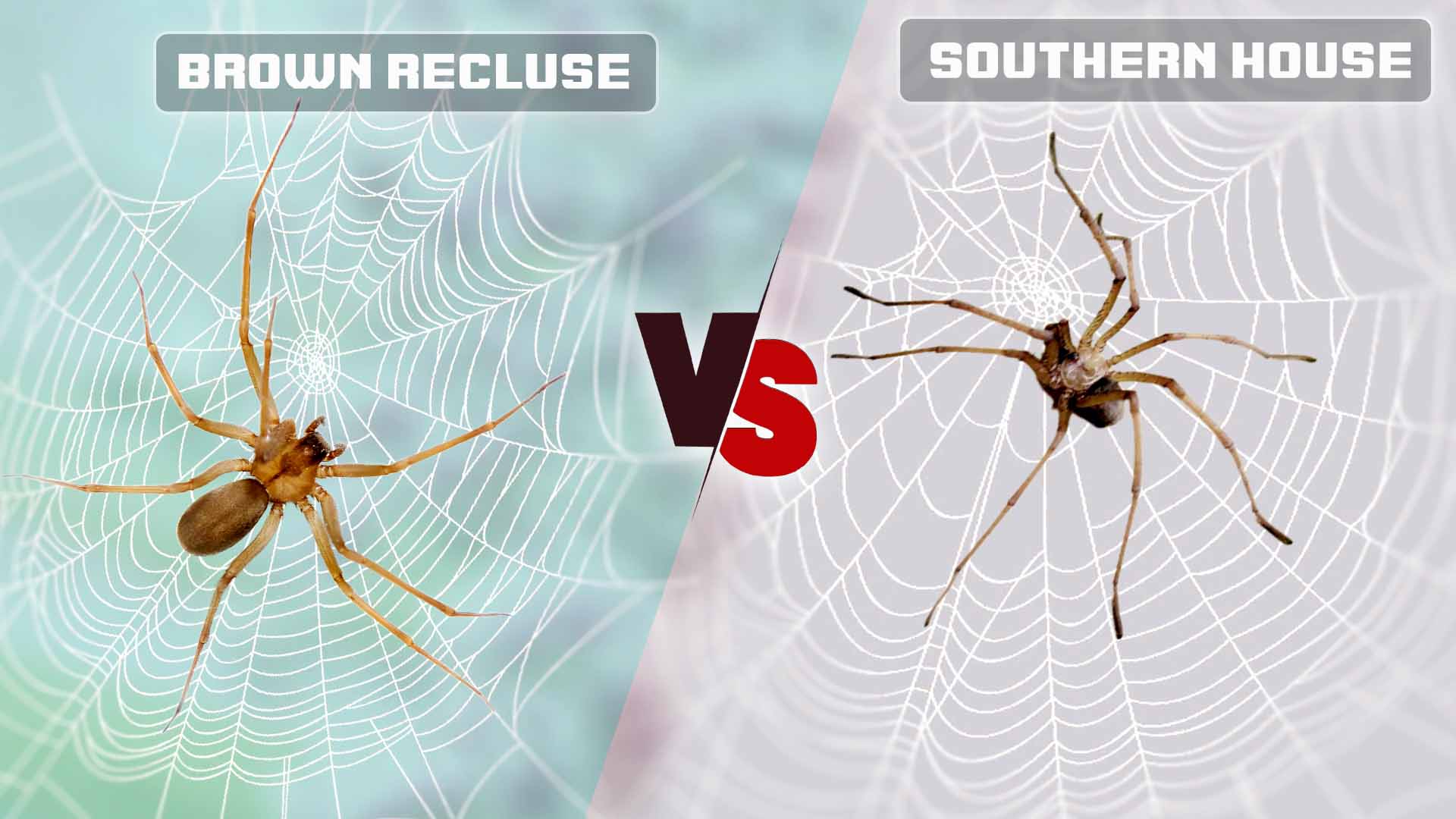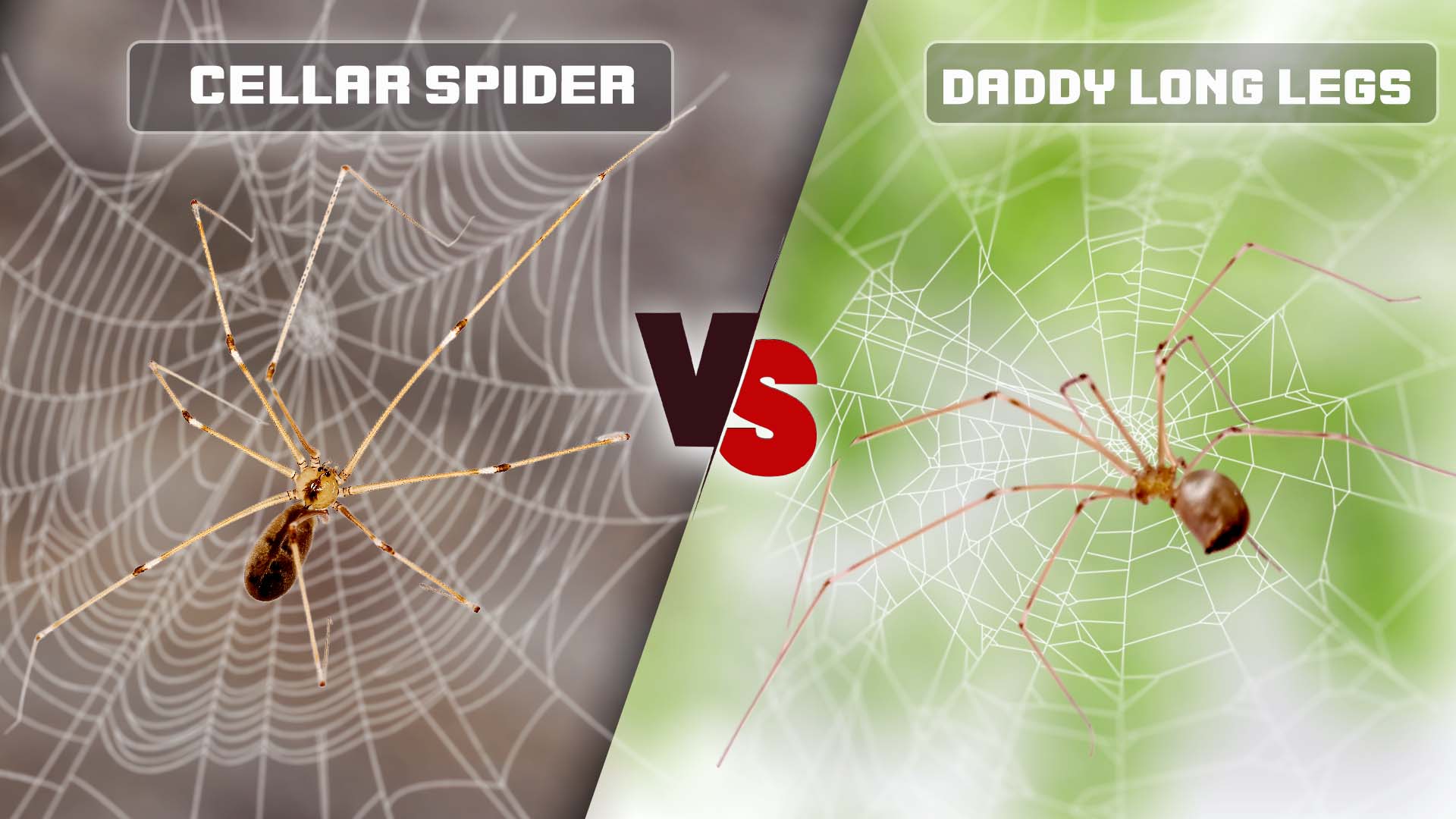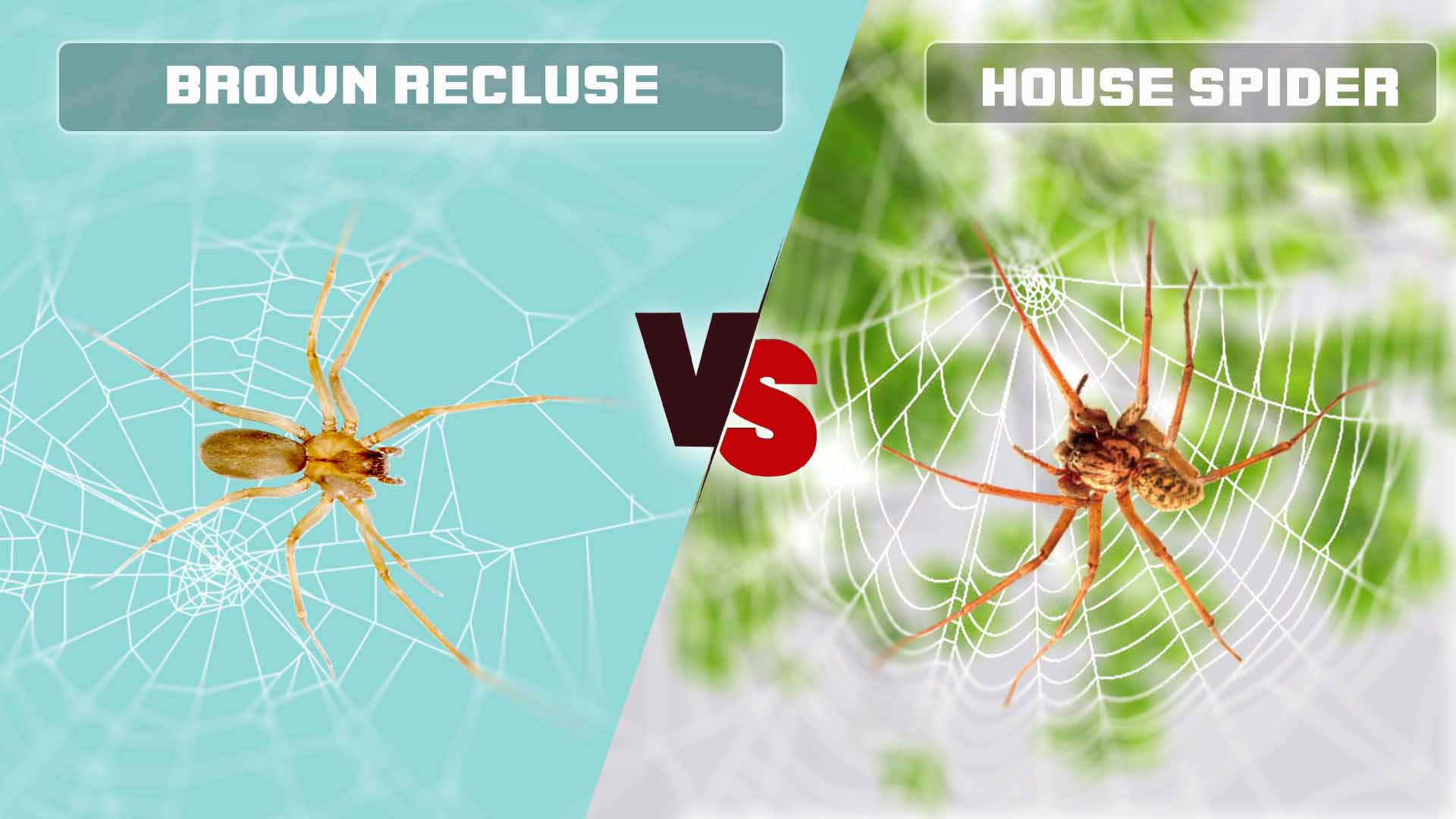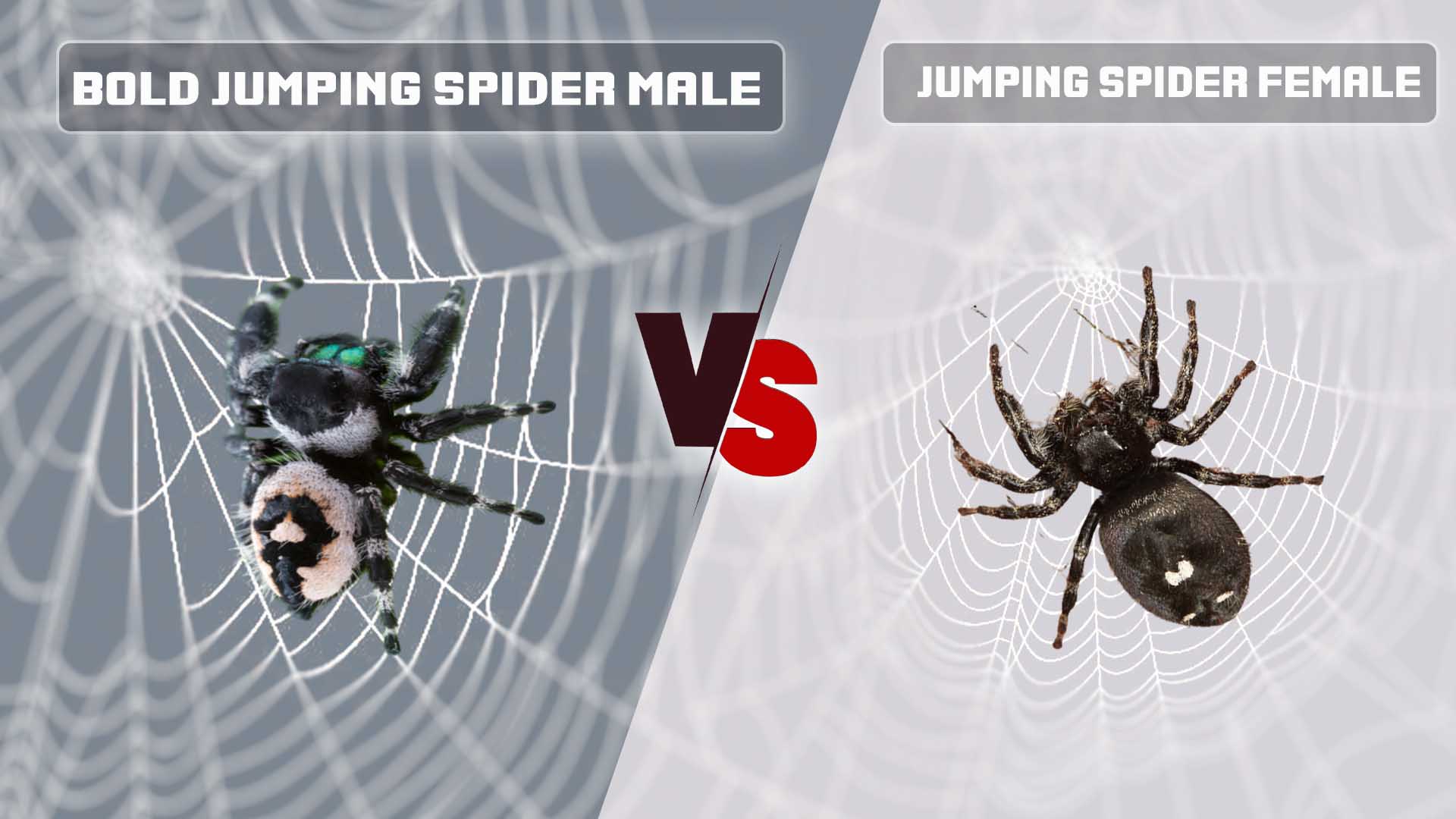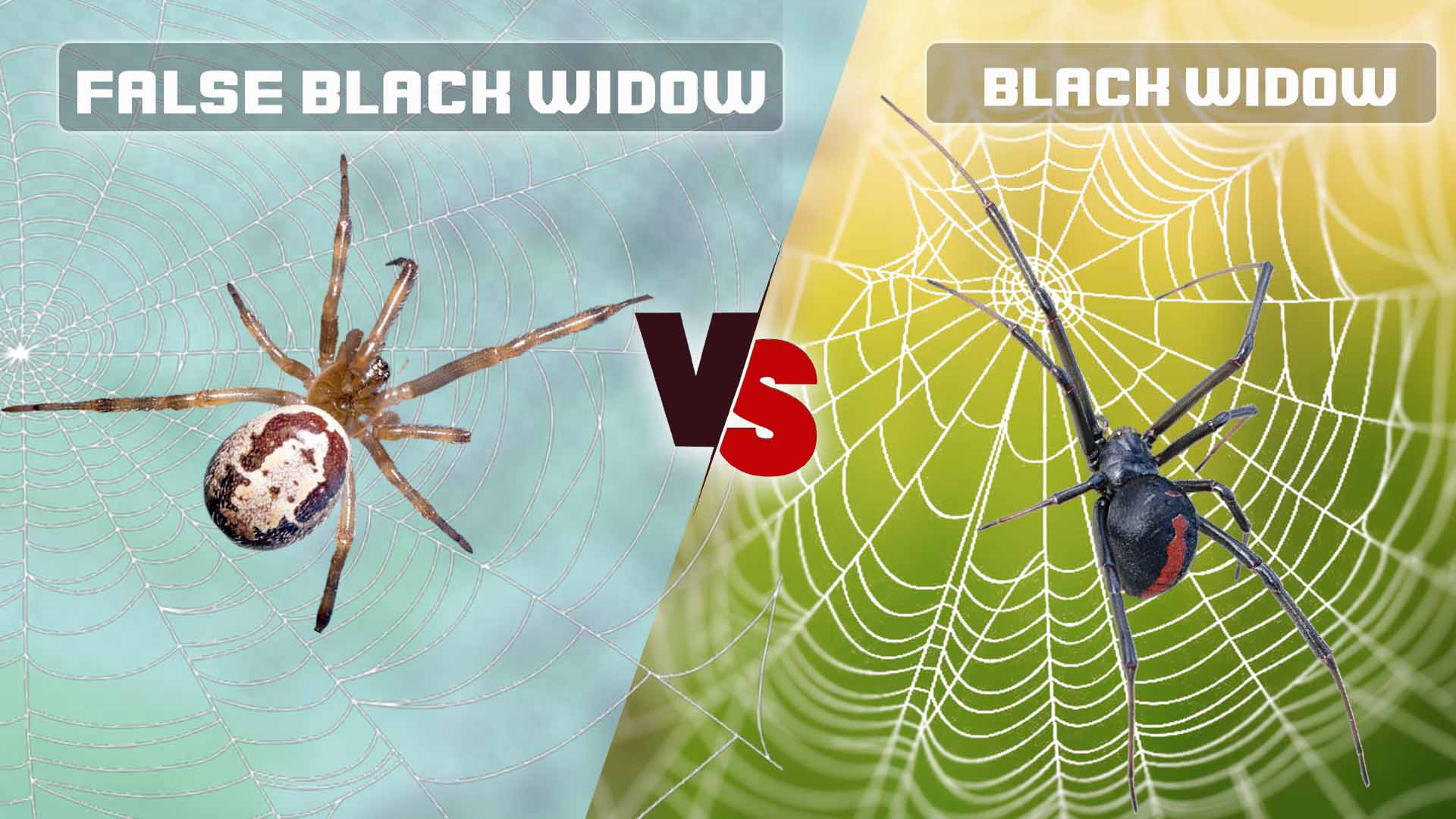Spiders are fascinating creatures with diverse characteristics, and among them, the Southern House Spider and Brown Recluse stand out for their unique traits. Understanding the differences between these two arachnids is crucial for accurate identification and informed decision-making when encountering them.
This article delves into their appearance, behavior, lifespan, and distribution to shed light on the disparities between them.
Differences Between Southern House Spider and Brown Recluse
here’s a table summarizing the key differences between the Southern House Spider and the Brown Recluse:
| Characteristics | Southern House Spider | Brown Recluse |
| Eye Arrangement | 8 eyes in 2 rows of 4 | 6 eyes in 3 pairs |
| Leg Structure | Long, slender legs | Thicker, uniform legs |
| Coloration | Mottled brown and gray with dark leg bands | Light to medium brown with violin-shaped marking |
| Web Type | Large tangled webs in corners, attics, and basements | Irregular, off-white webs in sheltered areas |
| Behavior | Less aggressive, tends to flee | Generally shy, may bite when threatened |
| Lifespan | 1-2 years | Up to 5 years |
| Geographical Range | Southeastern United States | Widespread in the Midwest, South, and parts of the West |
| Sexual Dimorphism | Females larger and stockier, males roam for mates | Females are larger and stockier, males roam for mates |
| Mating Behavior | Males roam for mates, focus on mating | Males cautious due to potent venom, focus on mating |
| Impact on Humans | Less harmful bite | Potentially necrotic bite with severe effects |
Appearance
The Southern House Spider and Brown Recluse can be distinguished by several key features that set them apart.
Eye Arrangement
One of the primary distinctions lies in their eye arrangement. Southern House Spiders possess eight eyes arranged in two rows of four, providing them with excellent peripheral vision. In contrast, the Brown Recluse has six eyes arranged in three pairs, granting it a more limited field of vision. There are another differences between Brown Recluse vs Grass Spider.
Leg Structure
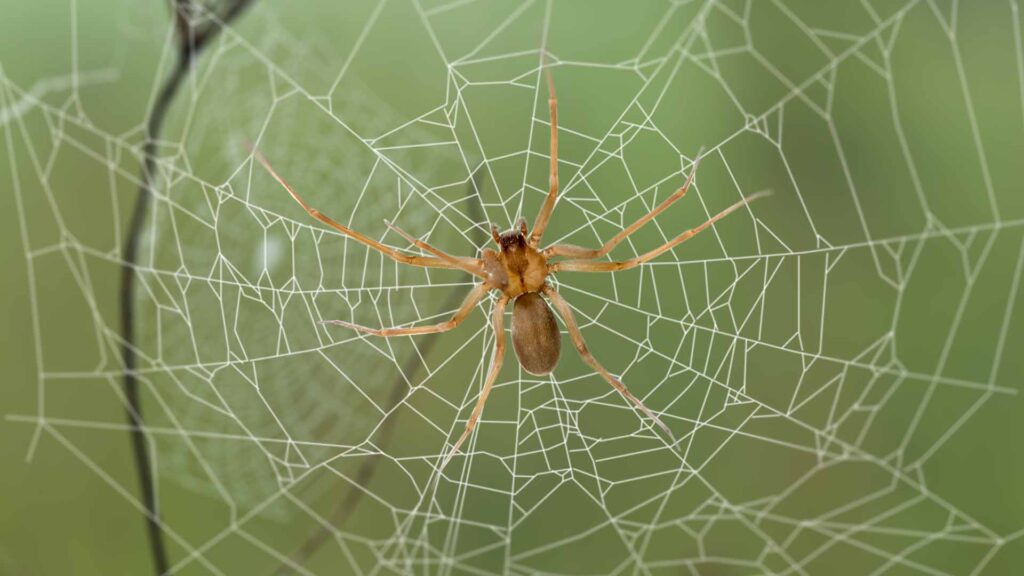
Both spiders exhibit differences in leg structure. Southern House Spiders have relatively long and slender legs, aiding them in constructing intricate webs. On the other hand, Brown Recluses have uniformly colored legs, which might appear thicker and more robust compared to their body size.
Coloration and Markings
Coloration and markings serve as significant identifying factors. Southern House Spiders exhibit a mottled brown and gray coloration with distinctive dark bands on their legs. Brown Recluses, as the name suggests, are typically light to medium brown with a violin-shaped marking on their cephalothorax.
Web Type and Location
Behaviorally, these two spiders differ in their web preferences. Southern House Spiders are known for their large, tangled webs constructed in corners, attics, and basements to capture flying insects. In contrast, Brown Recluses are reclusive hunters that don’t build elaborate webs. Instead, they spin irregular, off-white webs in sheltered, undisturbed areas like closets, sheds, and woodpiles.
Behavior Differences
Behaviorally, the Southern House Spider is less aggressive and more likely to flee when disturbed. They are primarily focused on catching prey in their webs. In contrast, Brown Recluses are notoriously known for their venomous bite. While they are generally shy and non-confrontational, they might bite when threatened, potentially leading to necrotic tissue damage.
Lifespan Differences
Lifespan is another aspect where these spiders diverge. Southern House Spiders typically live for about one to two years. Brown Recluses, on the other hand, have a longer lifespan, with some individuals surviving up to five years under optimal conditions. There are other differences between Brown Recluse vs Wolf Spider.
Location
Geographically, the Southern House Spider is predominantly found in the southeastern United States, thriving in warm and humid climates. Brown Recluses are more widespread, inhabiting regions including the Midwest, South, and parts of the West, and they often take up residence indoors.
Southern House Spider Male and Female
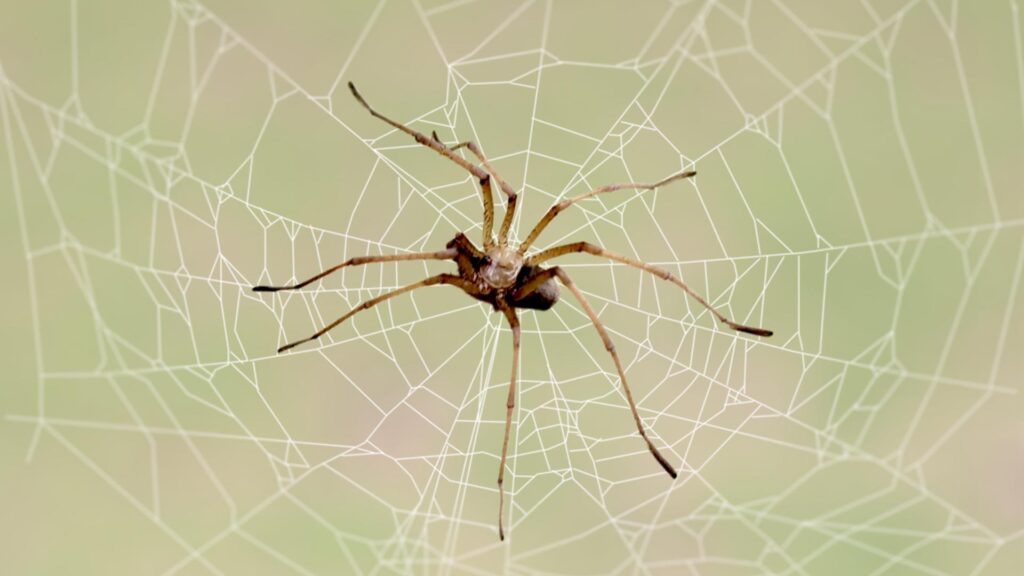
Male and female Southern House Spiders share many similarities in appearance. Both genders possess the characteristic mottled brown and gray coloration with dark bands on their legs. However, females are generally larger and stockier than males. The females are responsible for constructing the tangled webs that define the species, while males are more commonly found roaming in search of mates.
Brown Recluse Male and Female
In Brown Recluses, sexual dimorphism is also evident. Females tend to be larger than males and exhibit the distinctive violin-shaped marking on their cephalothorax. Males, though smaller, are more slender and have longer legs. Similar to Southern House Spiders, male Brown Recluses are more mobile as they search for receptive females.
Male Southern House Spider vs Brown Recluse
When comparing male Southern House Spiders and Brown Recluses, differences in behavior and appearance become more apparent. Male Southern House Spiders are primarily focused on mating and are often found wandering in search of female partners. In contrast, male Brown Recluses exhibit similar behavior but with a higher degree of caution due to their more potent venom. These two species’ distinct behaviors during mating season can greatly impact their interactions with humans.
Conclusion
The Southern House Spider and Brown Recluse exhibit notable differences in appearance, behavior, lifespan, and distribution. Recognizing these disparities is essential for correctly identifying these spiders and understanding their potential impact on human interactions. By understanding these differences, individuals can better respond to encounters with these arachnids and make informed decisions about appropriate management strategies.

